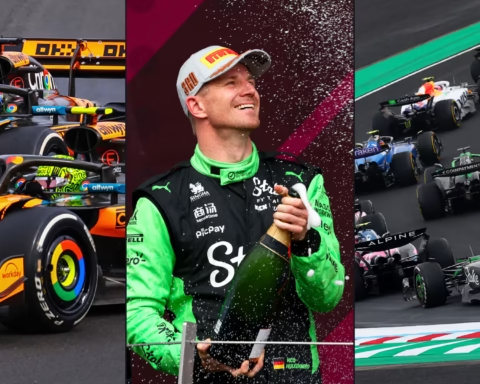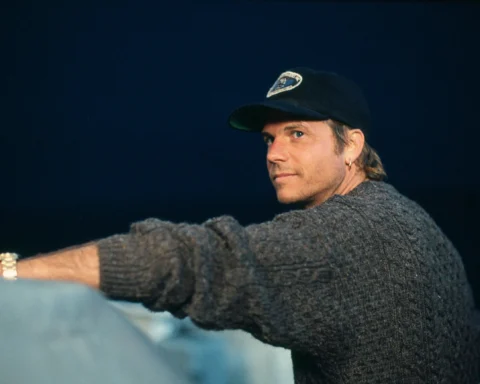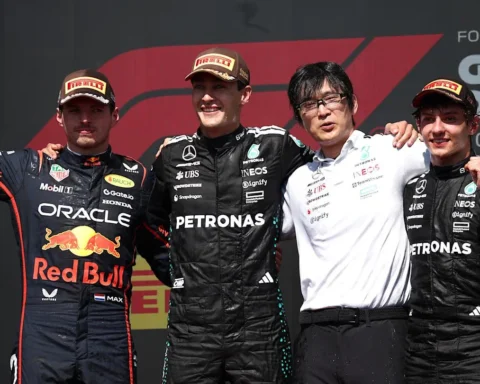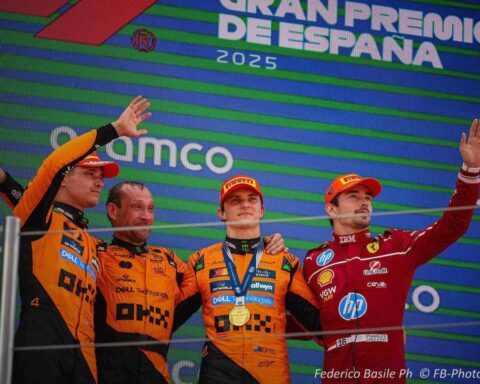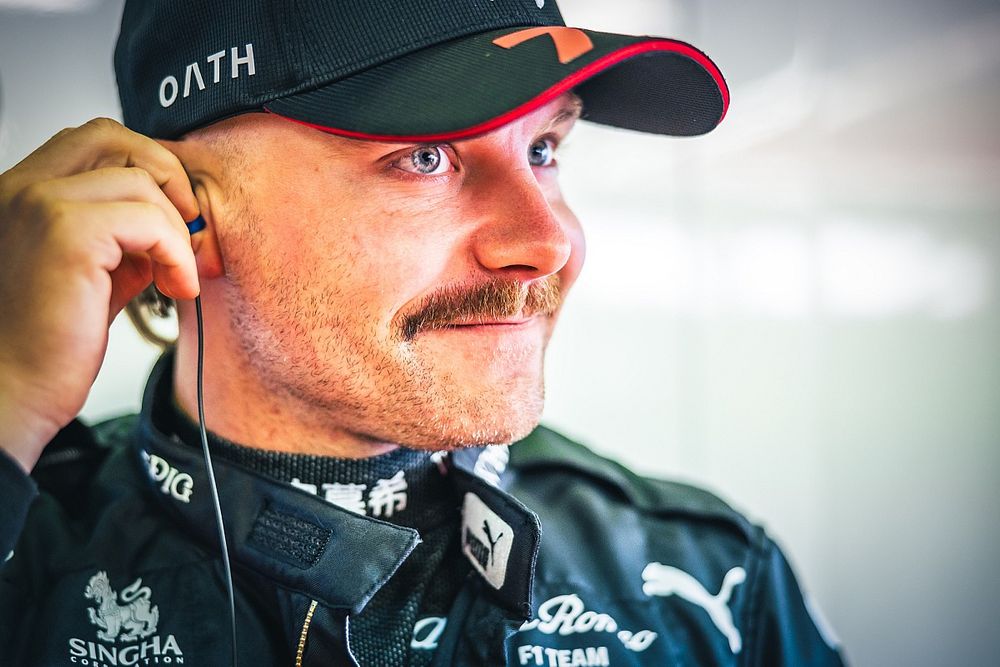Fernando Alonso, born on July 29, 1981, in Oviedo, Spain, exhibited a passion for racing from a young age. His father, a keen karting enthusiast, gifted him a kart when he was just three years old. This early introduction to motorsport ignited Alonso’s enduring love for racing. Competitions and victories followed soon after; he clinched his first karting championship at the tender age of seven, setting the stage for what would be a remarkable career.
As Alonso’s talent became increasingly evident, he quickly ascended through the racing ranks. His karting accolades included multiple Spanish and World Karting titles, drawing attention from various Formula 1 scouts. By 1999, at just 18 years old, Alonso transitioned into single-seater cars, signing with Campos Racing for the Euro Open by Nissan series. His raw speed and racing acumen shone brightly, securing him the championship title with six wins out of 15 races.
Alonso’s prowess did not go unnoticed. In 2000, he participated in the International Formula 3000 Championship, further honing his skills and impressing motorsport insiders. His unrelenting drive and exceptional performances paved the way for his entry into Formula 1. In 2001, Fernando Alonso made his Formula 1 debut with Minardi, becoming the youngest driver on the grid at the time.
Though Minardi was not a competitive team, Alonso’s talent was discernible. His ability to extract maximum performance from an underpowered car garnered substantial recognition. Undeterred by the challenges of driving for a smaller team, Alonso’s skillful handling and tactical acumen marked him out as a rising star in Formula 1. His impressive debut season with Minardi laid a solid foundation for what would become a storied career.
Fernando Alonso’s early years were characterized by a steely determination and an unyielding passion for racing. These formative experiences, combined with his prodigious talent, set the stage for a stellar journey in Formula 1, which would eventually lead him to teams like Renault, Ferrari, McLaren, and ultimately, Aston Martin in 2024.


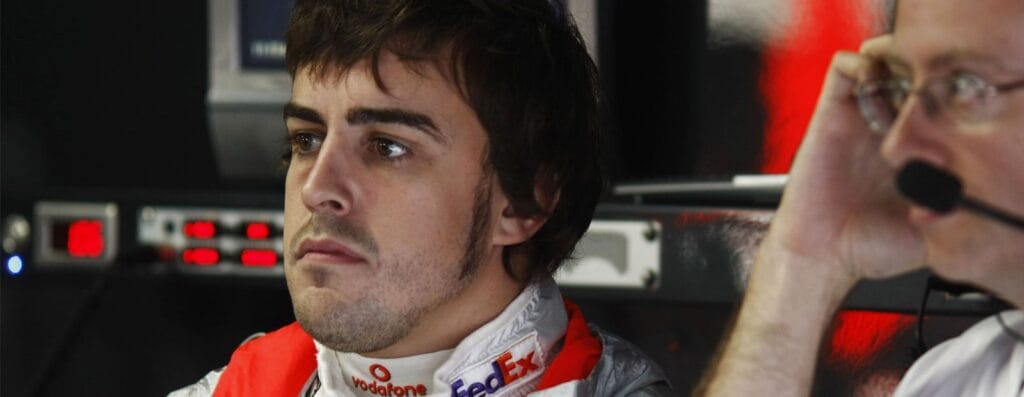
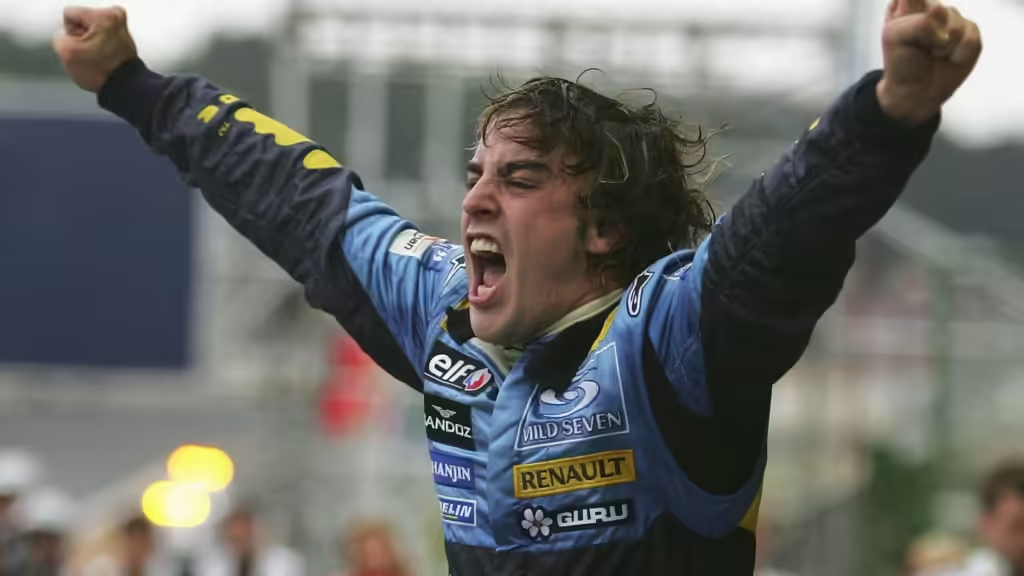
Championship Glory with Renault
Fernando Alonso’s tenure with Renault stands as a monumental chapter in his Formula 1 career, where he achieved the pinnacle of success by clinching back-to-back World Championships in 2005 and 2006. These victories were particularly significant as they marked the end of Michael Schumacher’s reign, introducing a new era in Formula 1. Alonso’s triumphs with Renault not only elevated his status but also positioned him as a formidable competitor in the sport.
Alonso’s success during these years was a testament to the perfect synergy between the driver, the car, and the team. The R25 and R26 cars, engineered by Renault, played a crucial role in his victories. These vehicles were lauded for their reliability, aerodynamic efficiency, and competitive edge, enabling Alonso to push the limits of performance. Moreover, the strong partnerships within the team, including the expertise of team principal Flavio Briatore and technical director Pat Symonds, fostered an environment of innovation and resilience.
Anecdotes from this period illustrate the dedication and strategic mastery that characterized Alonso’s stint with Renault. One notable instance was his iconic battle with Schumacher during the 2005 San Marino Grand Prix, where Alonso’s defensive driving skills and composure under immense pressure were on full display. Such performances not only garnered him victories but also earned him immense respect from peers and fans alike.
The consecutive championship wins had a profound influence on Alonso’s career, cementing his legacy as one of Formula 1’s greats. These achievements were more than personal milestones; they resonated deeply within the sport, heralding a shift in the competitive landscape. Alonso’s feats with Renault symbolized the potential for new talents to emerge and challenge established champions, thereby enriching the narrative of Formula 1.
Overall, Alonso’s championship glory with Renault remains a defining period in his illustrious career. The blend of exceptional driving, strategic excellence, and cohesive team effort not only brought him global acclaim but also contributed significantly to the evolution of Formula 1, leaving an indelible mark on the sport’s rich history.
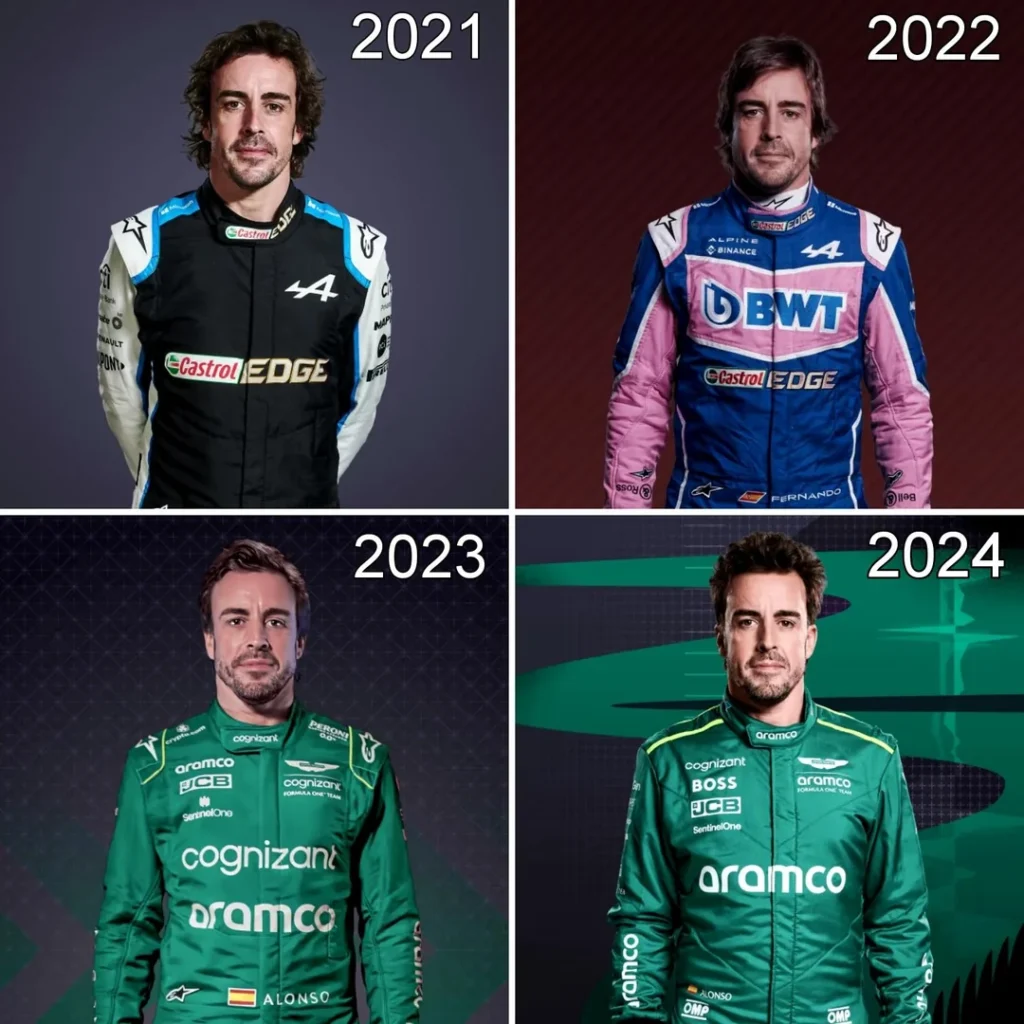
Turbulent Times and Team Moves
Fernando Alonso’s career in Formula 1 has been marked by numerous highs and lows, particularly during his transitions between teams such as McLaren, Ferrari, and Renault. After making a strong impact early in his career, Alonso joined McLaren in 2007. Despite high expectations, his relationship with the team became notoriously strained, culminating in a dramatic split after just one season. Conflicts with teammate Lewis Hamilton and management issues overshadowed his on-track performance, making this period one of the most turbulent in Alonso’s career.
Undeterred, Alonso found reprieve with a return to Renault in 2008 and 2009. Although he showed flashes of brilliance, the team struggled to provide a consistently competitive car. This stint, while less fraught than his McLaren tenure, was marked more by persistence than podiums. However, it showcased Alonso’s resilience and adaptability, qualities that would serve him well in subsequent years.
The move to Ferrari in 2010 signaled another fresh start and arguably one of the most promising periods of Alonso’s career. He came agonizingly close to clinching the championship in 2010 and 2012, finishing runner-up both times. The near-misses were heartbreaking, yet highlighted Alonso’s exceptional driving skills and tenacity. Despite not securing a title, his tenure at Ferrari is often remembered for his consistent podium finishes and thrilling on-track battles. Unfortunately, recurring issues with the car’s performance and internal team dynamics led to his exit from the iconic Scuderia.
In 2015, Alonso returned to McLaren, which had new hopes pinned on its partnership with Honda. However, this period was perhaps his most challenging, as the team grappled with reliability issues and lackluster performance. The frustrations were palpable, yet Alonso’s commitment to the sport remained unwavering. Facing considerable adversity, he continued to deliver, extracting every ounce of potential from a subpar car. This phase of his career underscored his dedication and unparalleled expertise, even amidst profound difficulties.


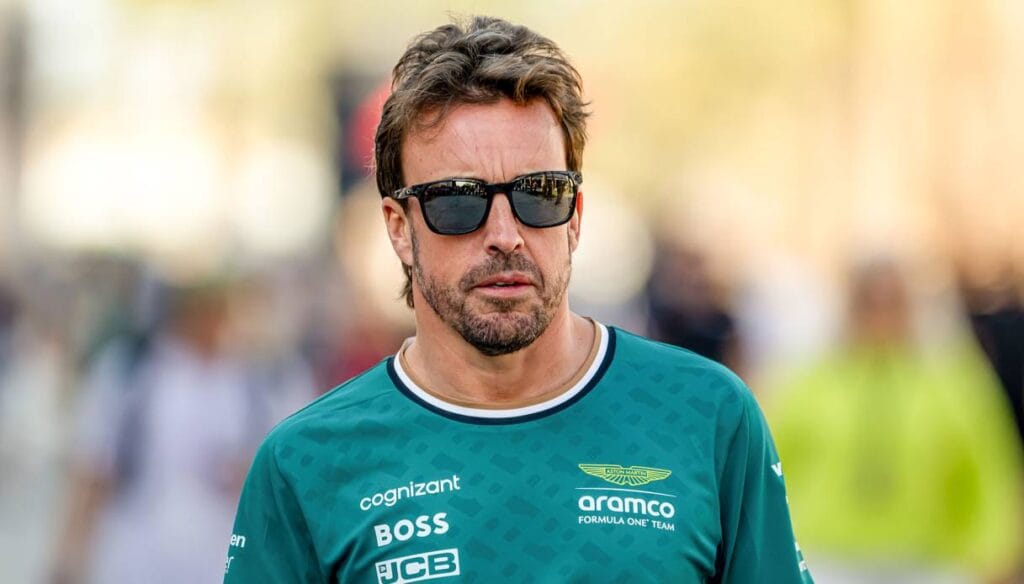
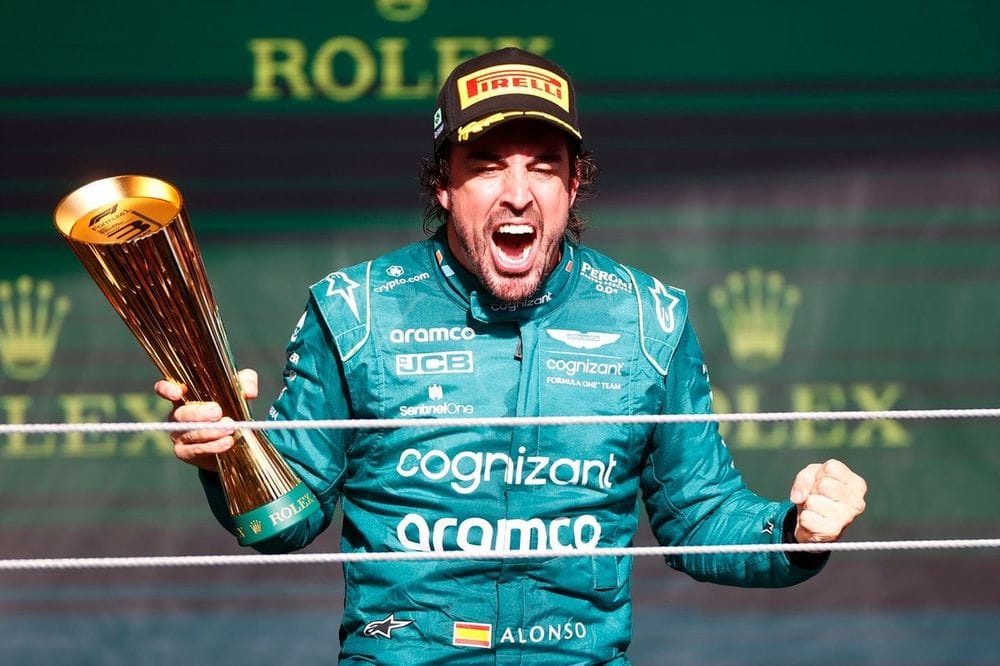
Comeback and New Horizons with Aston Martin
Fernando Alonso’s return to Formula 1 marked a significant chapter in his storied career. After a two-year hiatus, anticipation ran high as the two-time world champion re-entered the grid with renewed vigor. Choosing Aston Martin for his comeback in the 2023 season was a strategic move, reflecting both his ambitions and the team’s burgeoning potential. Alonso, known for his tactical acumen and driving prowess, sought an arena where his experience could yield competitive results and innovative synergy.
Aston Martin, under the leadership of Lawrence Stroll, had initiated a comprehensive restructuring and investment campaign aimed at closing the gap to the sport’s established leaders. Alonso’s decision to join the team was influenced by this vision of progress and mutual ambition. His alignment with Aston Martin’s objectives echoed his personal aspiration to add another championship to his esteemed career. This collaboration appeared to be a perfect fit, bringing together the wisdom of an F1 veteran with the fresh ambitions of a revitalizing team.
Throughout the 2023 season, Alonso’s impact on Aston Martin was palpable. His performances were consistently strong, often squeezing out every bit of performance from the car. His strategic insights, gained from years of navigating the complexities of Formula 1, contributed significantly to the team’s development. His ability to communicate effectively with engineers and make real-time decisions on the track illustrated the depth of his racing intellect. The synergy between Alonso and Aston Martin was evident as the team began to showcase consistent improvements in race pace and qualifying sessions.
Fernando Alonso’s comeback story isn’t just about his own performances; it’s also about rejuvenating Aston Martin’s stature in Formula 1. His enthusiasm for racing remains undiminished, frequently echoed in his remarks about the evolving dynamics of modern F1 and the rising competition. This enduring passion is a vital ingredient in the team’s strategy, enabling them to leverage his insights and expertise to foster a culture of excellence. His return is more than a comeback; it resonates with a narrative of new horizons, embodying both legacy and innovation in the ever-thrilling arena of Formula 1.

